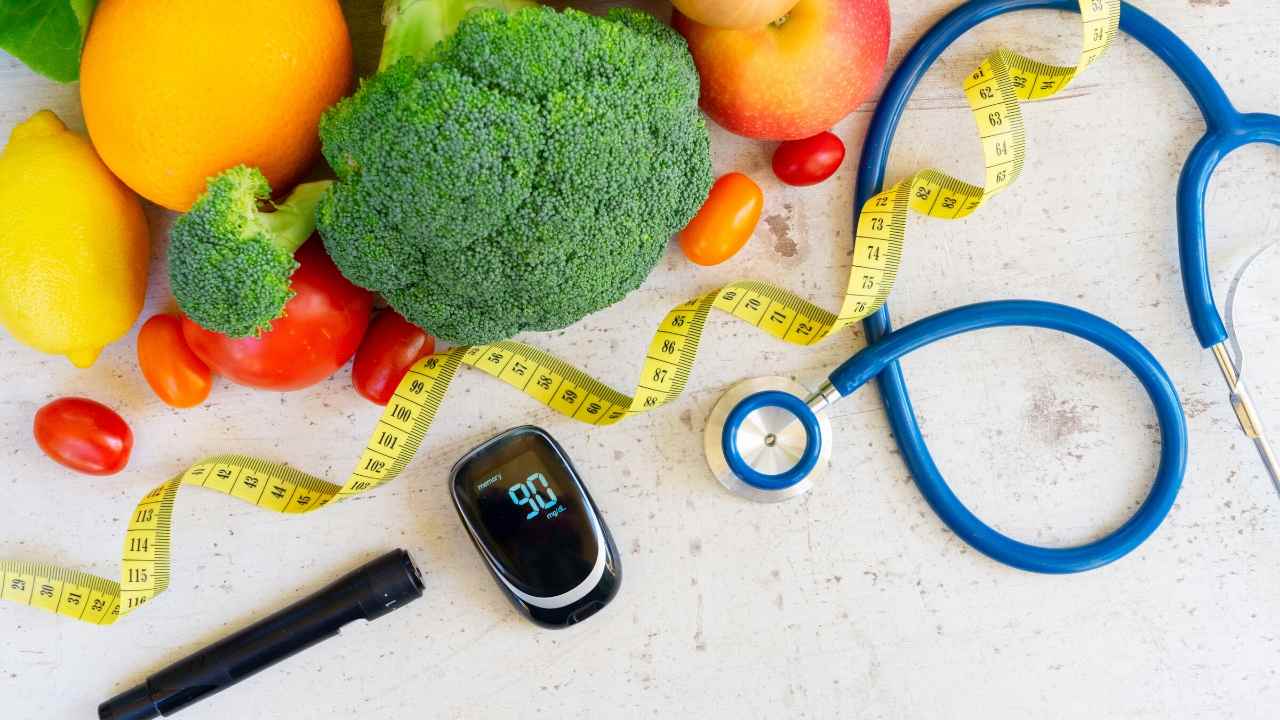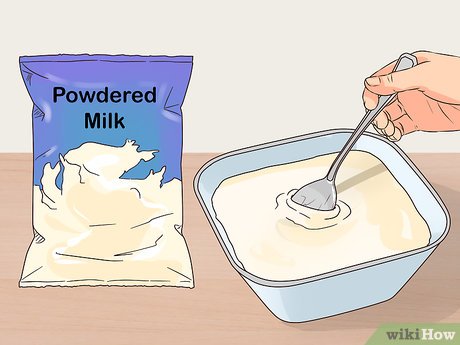
Although it can be hard to keep your family on the right path, the benefits are well worth the effort. You can incorporate healthier foods into the daily routine of your family. Here are some healthy foods ideas for the whole family. You can easily prepare them and make them fun to eat. You can add fruits and vegetables to your meals, or switch from white flour to whole oats. Healthy foods are easy to prepare and fun to eat.
Aim to eat one to two healthy meals each day. You can start by substituting your usual meals for these healthy options. Although it may seem difficult, your efforts will be worthwhile in the end. Do two healthy meals each week, and make it fun to prepare them! Make sure you have time to cook family meals together, away from the television, phone, and ipad. Also, your example must be followed by your children.

Engaging your family in cooking is a great way of encouraging them to eat healthier meals. Encourage your children to help you prepare meals and reward them with healthy food. They may be surprised at how much they enjoy eating healthy meals. This will help them eat better and encourage healthier eating habits. This is an excellent way to get your whole family started on a lifestyle change that will last many years.
You can make your family healthier by changing your diet. Try switching to whole grain if it's difficult to make changes. Whole-wheat breads include rye bread, brown and whole-wheat rices. Use liquid vegetable oils instead of butter or other solid fats. These foods will become more expensive over time so don't be afraid to try them. You'll be amazed at how the difference can make!
Although it might seem daunting, there are simple ways to make your family's food healthier. A healthier family will be easier to manage by eating whole grains (whole-wheat/rye and barley), reducing meat and dairy consumption, and increasing your family’s intake of fruits & vegetables. For kids, this is one of the easiest ways to make healthier food choices.

It's a great way to make a change in your family’s diet. To encourage creativity and healthy eating, it is important to get your children to eat fruit and vegetables. In addition to eating more fruits and vegetables, you'll be more likely to get your kids to eat more veggies and whole-wheat products. You can make small changes to ensure a healthy meal for the whole family.
FAQ
What is the difference among a virus or a bacterium and what are their differences?
A virus is a microscopic organism that cannot reproduce outside its host cell. A bacterium is a single-celled organism that reproduces by splitting itself in two. Viruses measure only 20 nanometers in diameter, but bacteria is up to 1 millimeter in size.
Viruses are usually spread through contact with infected bodily fluids, including saliva, urine, semen, vaginal secretions, pus, and feces. Bacteria are usually spread through direct contact with contaminated objects or surfaces.
Viruses can enter our bodies through cuts, scrapes, bites, or other breaks in the skin. They may also enter through the nose, mouth, eyes, ears, vagina, rectum , or anus.
Bacteria may enter our bodies through cuts and scrapes on our skin, burns, insect bites, and other wounds. They can also get into our bodies via food, water or soil.
Both bacteria as well as viruses can cause illness. Viruses cannot multiply in their host cells. Viral infections can only cause diseases in living cells.
Bacteria may spread to other people and cause sickness. They can invade other areas of the body. To kill them, we must use antibiotics.
Which are the top 10 foods you should eat?
These are 10 of the best foods to eat.
-
Avocados
-
Berries
-
Broccoli
-
Cauliflower
-
Eggs
-
Fish
-
Grains
-
Nuts
-
Oats
-
Salmon
Why do we need to have a healthy lifestyle?
Healthy lifestyles lead to happier and longer lives. Good nutrition, exercise regularly, good sleep habits, stress management and healthy lifestyle can help you avoid heart disease and stroke.
A healthy lifestyle can also help improve mental health and make it easier to deal with daily stressors. Healthy lifestyles will increase self confidence, and make us look and feel older.
What is the difference between sugar and fat?
Fat can be a source of energy that is obtained from food. Sugar is a sweet substance found naturally in fruits and vegetables. Both fats and sugars provide the same number of calories. But, fats have more calories than sugars.
Fats are stored in the body and contribute to obesity. They can lead to cholesterol buildup in the arteries, which could cause heart attacks or strokes.
Sugars are quickly absorbed into the body and provide instant fuel. This causes blood sugar levels to rise. High blood glucose levels are dangerous as it can increase the likelihood of developing type 2 diabetes.
What are 10 healthy habits you can adopt?
-
Eat breakfast every day.
-
Don't skip meals.
-
Eat a balanced, healthy diet.
-
Get lots of water.
-
Take care your body.
-
Get enough rest.
-
Avoid junk food.
-
Do some exercise every day.
-
Have fun
-
Make new friends.
How can I live a life that is full of joy every day?
It is important to identify what makes you happy. Once you have a clear understanding of what makes you happy you can go backwards. Asking others about their lives can help you to see how they live the best life possible.
You can also find books such as "How to Live Your Best Life" written by Dr. Wayne Dyer. He talks about finding happiness and fulfillment in all aspects of our lives.
How does weight change with age?
How do I know if my bodyweight changes?
Weight loss occurs when there is less fat than muscle mass. This means that the amount of calories consumed must exceed the amount of energy used daily. Reduced activity is the leading cause of weight gain. Other causes include illness, stress, pregnancy, hormonal imbalances, certain medications, and poor eating habits. If there is more body fat than muscle mass, then weight gain can occur. It happens when people eat more calories than they use during a given day. There are many reasons for this, including overeating and increased physical activity.
The main reason why our bodies lose weight is because we consume fewer calories than we burn. Exercise regularly increases your metabolism rate, which allows you to burn more calories every day. But, this does not mean that we will be thinner. It is important to know if we are losing weight or gaining muscle. If we're burning more calories than we're consuming then we're going to lose weight. But if we're consuming more calories than we're burning, then we're actually storing them as fat.
As we grow older, we tend to become slower at moving around and therefore we don't move as much. We also tend have less food to eat than when our children were young. This is why we tend to gain weight. On the other hand, we have more muscle mass and look larger than we actually are.
Without regularly weighing yourself, it is impossible to gauge how much weight you have lost. There are many options for measuring your weight. There are many ways to measure your weight. You can check your waist, hips, thighs, arms and legs. Some people prefer to use bathroom scales while others like to use tape measures.
Track your progress by measuring your waistline and weighing yourself every week. To see how far you have come, you can take photos of yourself every few month.
You can also find out how much you weigh by looking up your height and weight online. If you're tall at 5'10", and weigh 180lbs, your weight would be 180.
Statistics
- nutrients.[17]X Research sourceWhole grains to try include: 100% whole wheat pasta and bread, brown rice, whole grain oats, farro, millet, quinoa, and barley. (wikihow.com)
- WHO recommends consuming less than 5% of total energy intake for additional health benefits. (who.int)
- This article received 11 testimonials and 86% of readers who voted found it helpful, earning it our reader-approved status. (wikihow.com)
- In both adults and children, the intake of free sugars should be reduced to less than 10% of total energy intake. (who.int)
External Links
How To
What does the "vitamins” word mean?
Vitamins can be described as organic compounds found in food. Vitamins allow us to absorb nutrients from food. Vitamins cannot be produced by the body. They must be acquired from food.
Two types of vitamins exist: water-soluble vitamin and fat-soluble vitamin. Water-soluble vitamins dissolve easily when they are dissolved in water. These include vitamin C (thiamine), Vitamin B1 (riboflavin), Vitamin B2 (riboflavin), Vitamin B3 (niacin), Vitamin B6 (pyridoxine), Vitamin C, B1 (thiamine), Vitamin B2 (riboflavin), Vitamin B3 (niacin), and Vitamin B6 (pyridoxine). Fat-soluble vitamins can be stored in the liver or in fatty tissue. Vitamin D, E, K and A are some examples.
Vitamins are classified according to their biological activity. There are eight main groups of vitamins.
-
A - vital for healthy growth.
-
C - essential for nerve function and energy generation.
-
D - essential for healthy bones, teeth, and gums.
-
E is needed for good reproduction and vision.
-
K – Required for healthy nerves & muscles.
-
P - essential for strong bones, teeth and tendons
-
Q - Aids digestion and iron absorption
-
R - Red blood cells are made from red blood cells.
The recommended daily allowance (RDA) of vitamins varies depending on age, gender, and physical condition. The U.S. Food and Drug Administration has established the RDA values.
For example, the RDA for vitamin A is 400 micrograms per dayfor adults 19 years or older. Because it is essential for the development of the fetus, pregnant women should consume 600 micrograms per daily. Children ages 1-8 require 900 micrograms per day. For infants younger than one year, 700 micrograms are required daily. However, this number drops to 500 micrograms each day for children aged 9-12 months.
Children between the ages of 1-18 need 800 micrograms per daily for obesity, while children overweight require 1000 micrograms. Children underweight or obese will need 1200 mg per day.
2200 mg of vitamin A per day is required for children aged 4-8 who have been diagnosed by anemia.
2000 micrograms are required daily for good health in adults over 50. Due to their increased nutrient needs, pregnant and breastfeeding women need 3000 micrograms daily.
1500 micrograms is the recommended daily intake for adults aged 70+, who lose approximately 10% of muscle each year.
Women who are pregnant and lactating need more nutrients than the RDA. Pregnant woman need 4000 micrograms daily in pregnancy, and 2500 per day after childbirth. Breastfeeding mothers require 5000 micrograms daily when breast milk production is occurring.